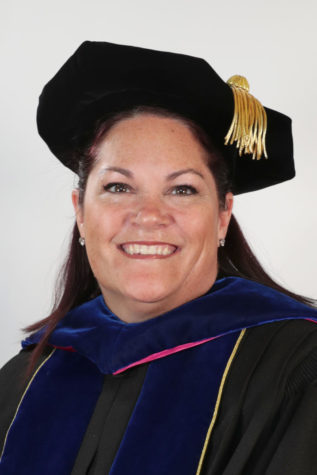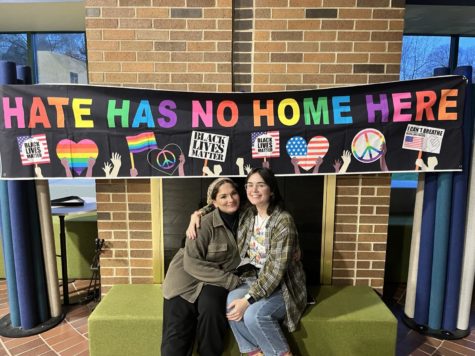Students attend Science Consortium
October 25, 2016
The Tom Ridge Environmental Center at Presque Isle is hosting the twelfth annual Research Symposium. This year’s seminar will take place from Nov. 2 through 4 and will feature studies from the science community in Erie, including Mercyhurst students and professors.
This event is being sponsored by the Regional Science Consortium, an organization of scientists from schools mainly in western Pennsylvania that collaborate to share their progress on any research they have conducted and, quite simply, to have a dialogue. One of those presenting is J. Michael Campbell, Ph.D., Biology department chair.
“I will be collaborating with Dr. Rick Diz of Gannon University while advising students in presenting research funded by the Pennsylvania Sea Grant on the topics of harmful algal blooms and an overview of his plankton research,” Campbell said.
“Although research through the RSC tends to focus on the ecology of Lake Erie, the seminar welcomes individuals conducting research in medicine, neuroscience, chemistry and even geology,” Campbell said.
One of the Mercyhurst students presenting at this symposium is junior Biology major Molly Mills, working with Thomas Cook, Ph.D., from the Public Health Department. Their project is studying the spread of West Nile Virus (WNV) in Erie County from mosquitos.
“A common source of mosquito population growth includes illegal dump sites where tires are improperly stored such that water can collect,” said Mills. “The students involved in the mosquito project are all working from a public health perspective, but from different angles. The big question is what predicts an increase in the production of mosquito larvae.”
In this study, the group is comparing mosquito data from 10 years ago to today to determine if there are changes in the waste disposal habits of people living in the area and how it influences the growth of mosquitos, and therefore, the spread of WNV.
Mills has seen all sorts of things dumped illegally, including deer carcasses, tires and possible products of drug production.
“This entire project consisted of weekly travel throughout the area and observing mosquito activity at dump sites,” Mills said.
She explained that at this symposium, there would be poster sessions with the students and five-minute speed presentations, encouraging students to give a brief summary of their studies.
“I will be presenting my research in a 15-minute-long presentation, while the other public health presenters will be doing various other types of presentations, including a poster,” Mills said.
The project involves four students, including a Public Health major, a Biochemistry major, an Environmental Science major and herself as a Biology major.
She emphasized that this study was to allow four different pieces of a study to fit together like a puzzle.
The purpose of the consortium is to share ideas and to show progress of research in an informal way.
“I like that the conference has an informal nature. The point is to present pure, unpolished data to the science community and to share ideas,” Mills said.
Mills is planning on conducting further studies with disease control through graduate studies. She will be presenting at this conference with other students and faculty members, including Sara Turner Ph.D., and Darlene Melchitzky, M.S.








